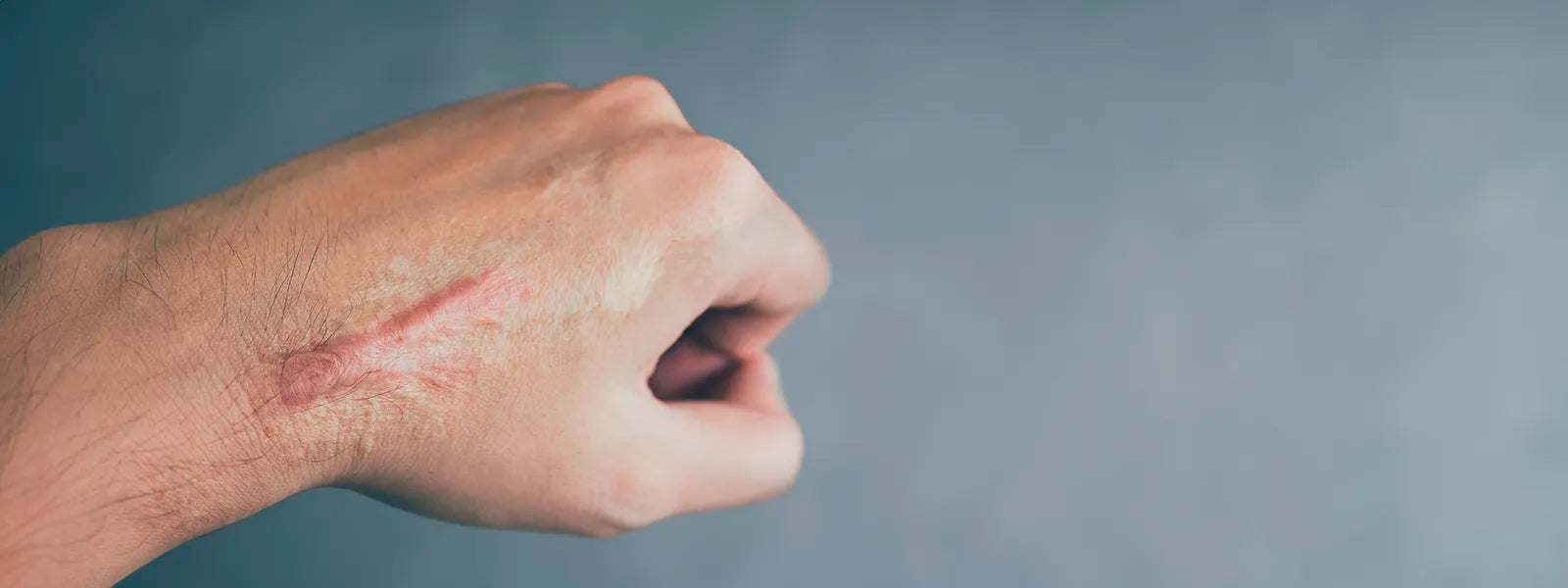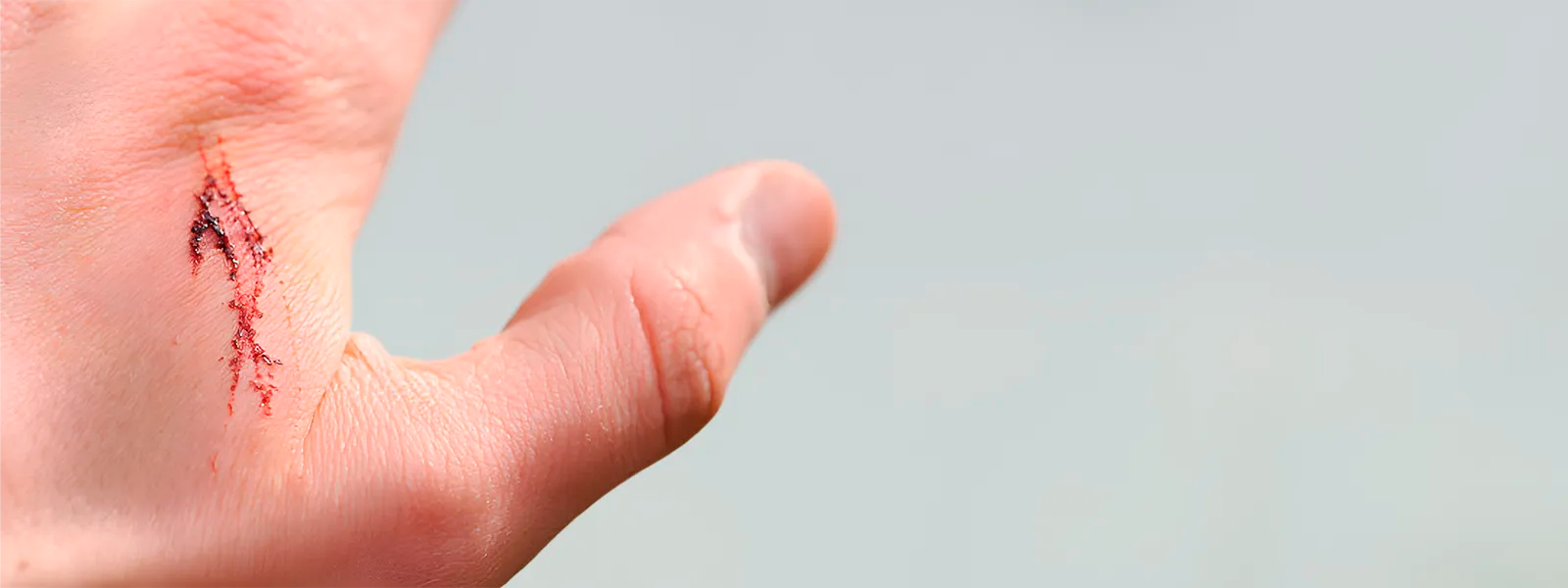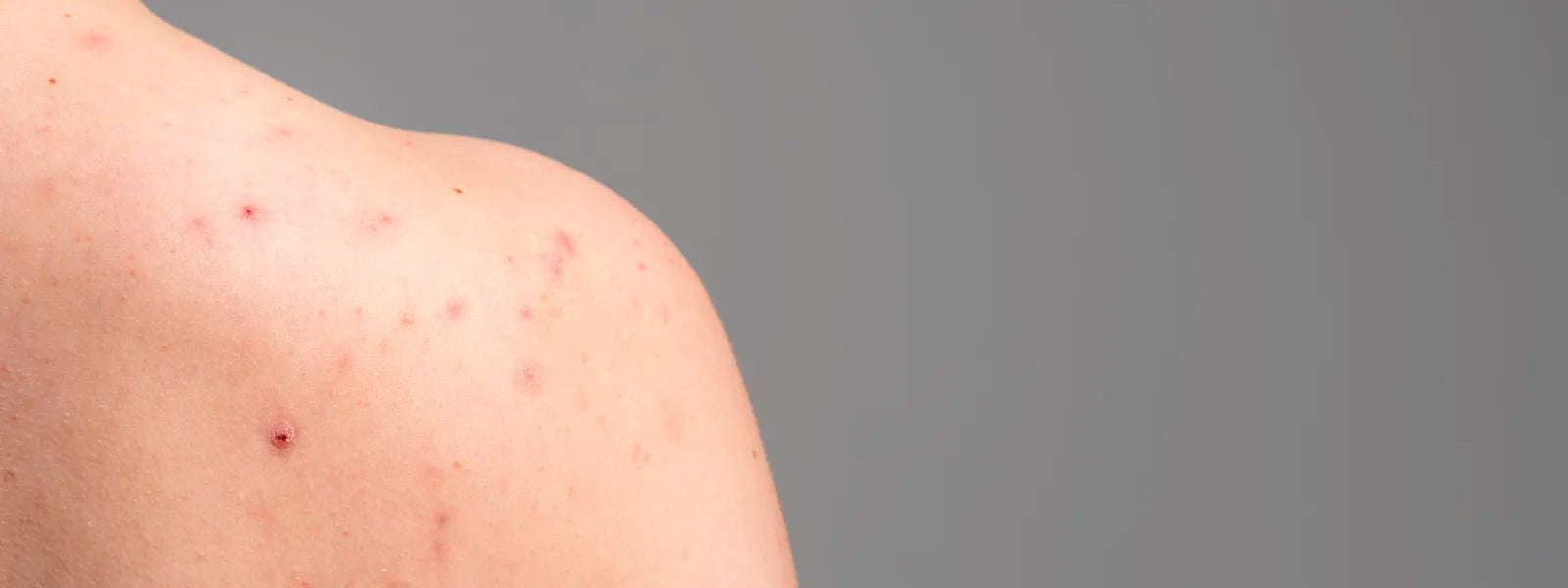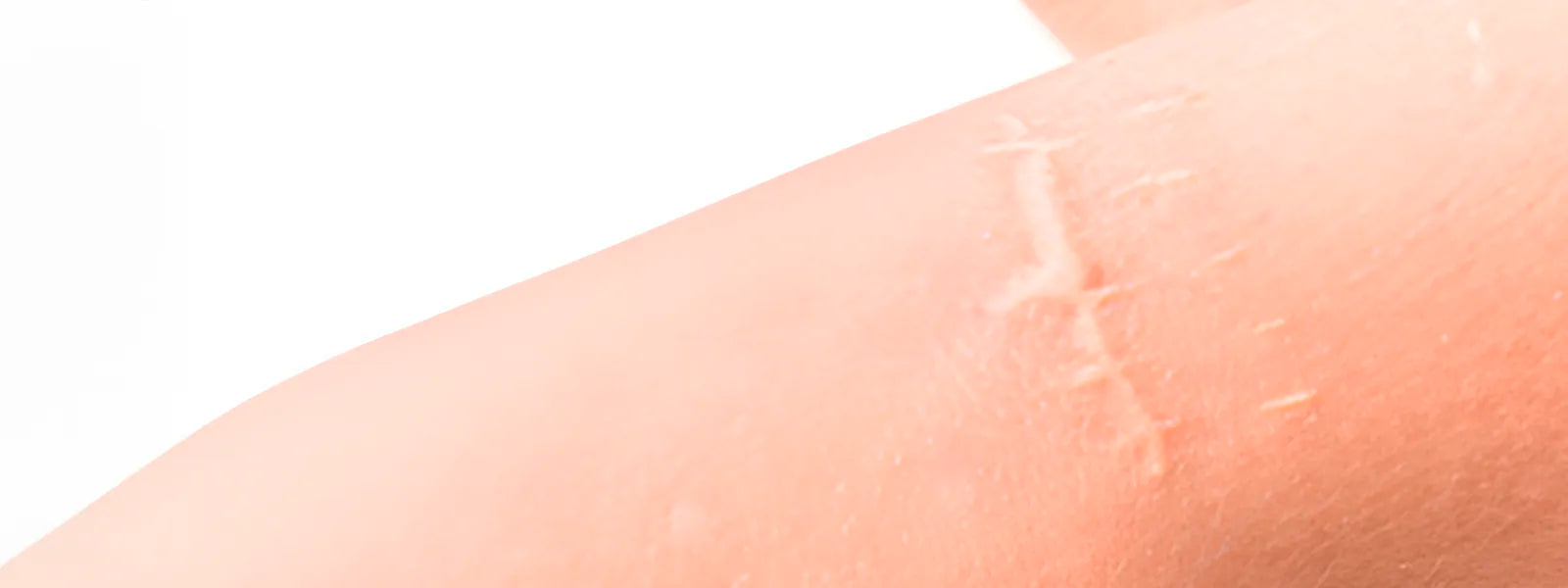Scars are a natural part of the body’s healing process.When the skin sustains trauma, the body rushes to repair that trauma to prevent infection. However this can leave an unsightly scar. In order to have the best chance to make scars less noticeable, quick action is necessary. Scars that are immature are much more responsive to treatment. Immature scars are usually red, and between 3 months and 2 years old. This is a guide to how to treat a scar each step of the way.
What Are the Different Stages of Wound Healing?
Understanding the wound healing process is crucial for effective scar care. The healing process is divided into four stages:
- Hemostasis: Immediately after an injury, the body initiates the hemostasis phase to stop bleeding. Blood vessels constrict, and blood platelets form a clot to seal the wound.
- Inflammatory Phase: Inflammation begins shortly after hemostasis and can last up to six days. White blood cells enter the wound to prevent infection and clear debris. This phase is marked by redness, warmth, swelling, and pain.
- Proliferative Phase: Lasting from days to weeks, this phase involves tissue formation. Fibroblasts produce collagen, a protein that provides structure and strength to the new tissue. Blood vessels form, and the wound contracts.
- Maturation (or Remodeling) Phase: This final phase can last months to years. Collagen fibers reorganize, and the wound becomes stronger and more flexible. The scar tissue remodels to resemble the surrounding skin, although it will never be exactly the same.
During this time, proper wound care is absolutely essential to minimize scarring.
How to Tell If a Wound Is Healed
Determining if a wound is fully healed involves observing several indicators:
- No More Scab: The scab, a protective crust that forms over the wound, should have fallen off naturally.
- No Discharge: A healed wound should not have any fluid or pus discharge.
- Normal Skin Color: The skin around the wound should return to its normal color, indicating reduced inflammation.
- No Pain or Tenderness: Healed wounds should not cause pain or tenderness when touched.
- Smooth Texture: The wound area should feel smooth and firm, with no open or raw areas.
If you are having trouble telling if a wound is healed, or if it is taking an abnormally long time to heal, consult with your healthcare provider.
How Does a Scar Form?
Scars are a natural part of the healing process. When the skin is injured, the body produces collagen to repair the damage. This collagen forms scar tissue, which has a different texture and quality than the surrounding skin. Several types of scars can develop based on the injury and healing process:
- Hypertrophic Scars: These scars are raised and red, often staying within the boundaries of the original wound. They may improve over time but can be itchy and uncomfortable.
- Keloid Scars: These are more severe than hypertrophic scars, extending beyond the original wound. They can be painful and require medical intervention for treatment.
- Atrophic Scars: Commonly resulting from acne or chickenpox, these scars are sunken due to the loss of underlying fat or muscle.
- Contracture Scars: Typically from burns, these scars tighten the skin, affecting movement.
How to Treat Young Scars
Effective scar treatment can significantly improve the appearance and texture of young scars. Here are some methods to consider:
Silicone Products
Silicone Gel and Sheets: Silicone gel and silicone sheets are widely recommended by dermatologists for scar treatment. These products help flatten and soften scars, making them less noticeable. They should be applied regularly to achieve the best results.
Topical Treatments
Creams and Ointments: Several over-the-counter creams and ointments contain ingredients like vitamin E, onion extract, and hydrocortisone, which can reduce scar appearance. It's essential to choose products that suit your skin type and follow the recommended application instructions.
Moisturizers: Keeping the scar area moisturized can prevent dryness and improve healing. Use a gentle, non-irritating moisturizer to keep the skin hydrated.
Sun Protection
Sunscreen: Protecting scars from sun exposure is crucial to prevent discoloration. Use a broad-spectrum sunscreen with at least SPF 30 on the scarred area whenever exposed to the sun. Reapply every two hours or after swimming or sweating.
Medical Treatments
There are a number of medical treatments that can be pursued in order to repair scarring, each with their own set of side effects. This include steroid injections, microneedling, chemical peels, filler and plastic surgery. However three main options have risen to prominence over the past ten years.
Laser Therapy: Laser treatment, also known as laser resurfacing, can improve the appearance of scars by reducing redness and flattening raised scars. This therapy stimulates collagen production and smooths the skin's surface.
Dermabrasion: This procedure involves removing the top layers of skin to reduce the appearance of scars. It's often used for acne scars and can significantly improve skin texture.
Scar Revision Surgery: In severe cases, surgical procedures like scar revision can be performed to improve the appearance of scars. This involves removing the old scar and creating a new, less noticeable one.
In order to determine if any of these treatment options are right for you, consult with your dermatologist.
Home Care Tips
Avoid Picking Scabs: Allow scabs to fall off naturally. Picking at them can lead to infection and worsen scarring.
Gentle Skin Care: Use mild soaps and avoid harsh scrubbing of the scar area. Pat the area dry instead of rubbing.
Massage: Gently massaging the scar with a cream or oil can help soften the tissue and improve flexibility. Do this regularly to see improvements.
Conclusion
Caring for young scars involves understanding the healing process, recognizing when a wound is fully healed, and using effective treatments to improve the appearance of scars. Silicone products, topical treatments, sun protection, and medical interventions like laser therapy and dermabrasion can significantly reduce the visibility of scars. Always consult a dermatologist for personalized advice and treatment options tailored to your specific needs. With proper care, young scars can heal more effectively, leading to better skin health and appearance.
Sources:
https://www.ncbi.nlm.nih.gov/pmc/articles/PMC4486716/
https://www.nhs.uk/conditions/scars/
https://www.webmd.com/skin-problems-and-treatments/scars
https://www.aad.org/public/everyday-care/injured-skin/burns/wound-care-minimize-scars





Leave a comment (all fields required)